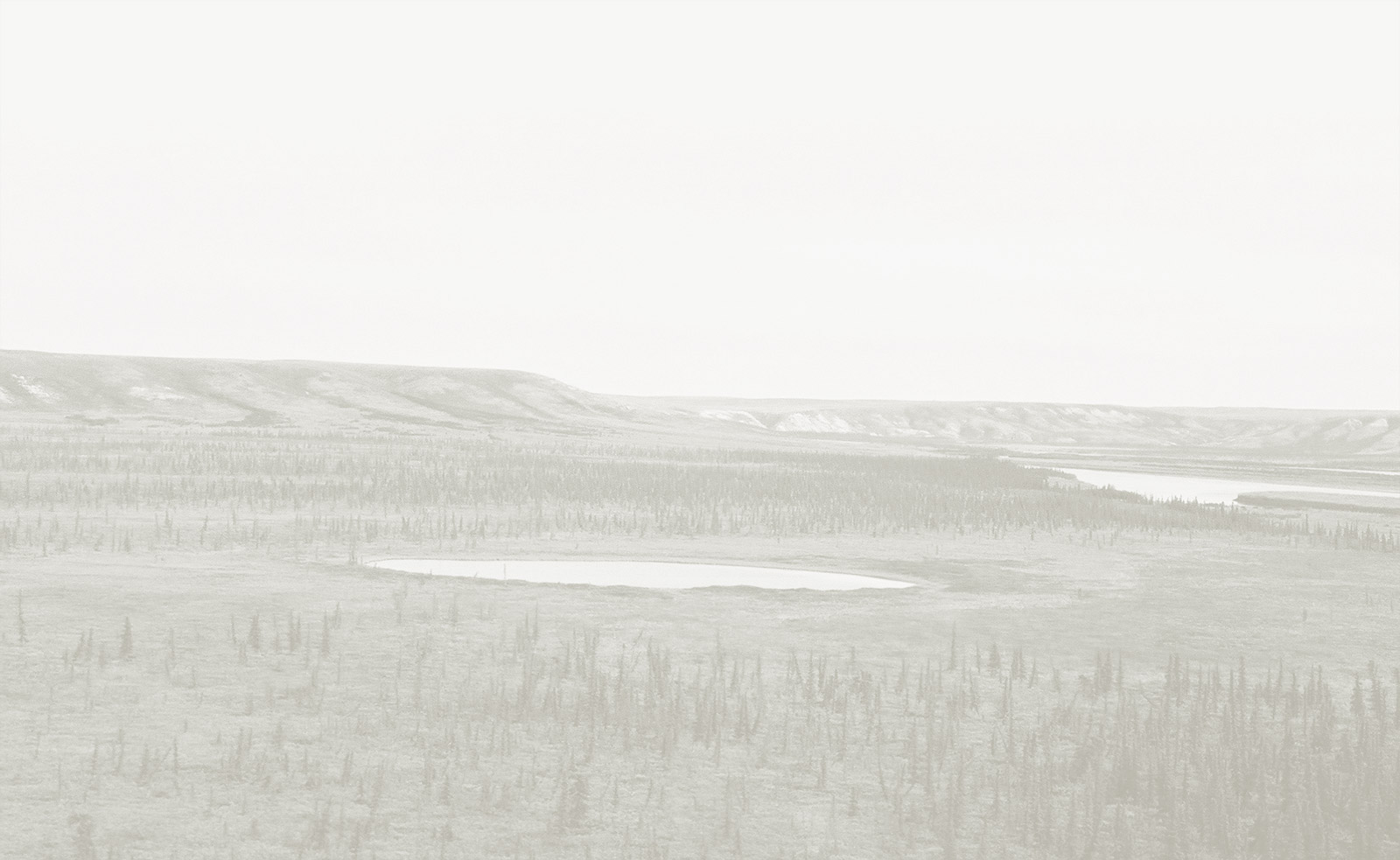

In this section of the Inuvialuit Living History website you can learn about ethnographic objects––clothing, tools, ornaments and other items made by Inuvialuit––that Roderick MacFarlane collected for the Smithsonian Institution while he was in charge of Fort Anderson. You will also be shown related links to photographs and videos of our project team with the MacFarlane Collection in Washington D.C.
See More Item Types See More Items See More VideosExplore by Type introduces you to the categories of ethnographic objects in the MacFarlane Collection. It also shows the Siglitun terms for the artifacts (Siglitun is a dialect of the Inuvialuit language that was probably spoken by the Anderson River Inuvialuit), comments about the artifacts made by Inuvialuit, and descriptions by others found in historical documents.
Explore the Collections allows you to see the entire collection of ethnographic objects arranged by catalogue number, and allows you to search the collection by the many ‘tags’ that have been applied to individual objects, including materials and manufacturing techniques, in addition to object types, themes and Siglitun terms. When viewing records for individual objects, the green Reciprocal Research Network button takes you to the Smithsonian Institution’s catalogue entry for that artifact, and includes descriptions and identifications that were probably based on notes made by MacFarlane.
"A Case of Access" is a documentary showing our trip to Washington D.C. to see the MacFarlane Collection for the first time. It features members of our project team discussing the objects and their significance today. Produced by the Inuvialuit Communications Society (directed by Brett Purdy), it premiered on the Aboriginal Peoples Television Network (APTN) in Fall, 2011. On this website, the documentary is tagged with objects in the MacFarlane Collection. This means that when you see an object being handled in the documentary, the record of that object appears in the window next to the video. You can click on the object record to learn more about the object.